Jason Anastasopoulos
Understanding the Political Ideology of Legislators from Social Media Images
Jul 22, 2019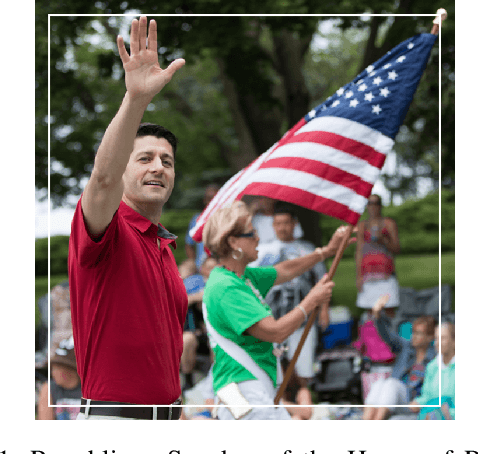
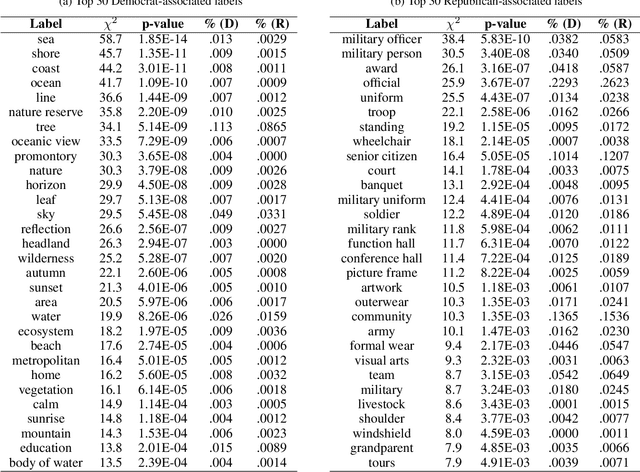
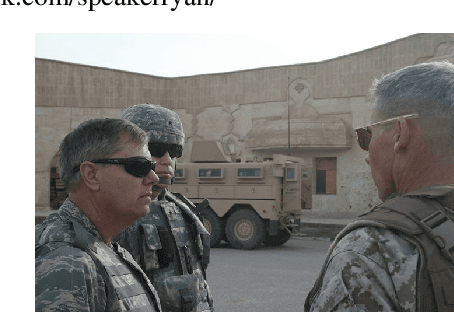
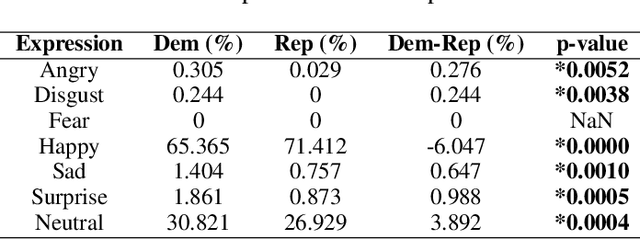
Abstract:In this paper, we seek to understand how politicians use images to express ideological rhetoric through Facebook images posted by members of the U.S. House and Senate. In the era of social media, politics has become saturated with imagery, a potent and emotionally salient form of political rhetoric which has been used by politicians and political organizations to influence public sentiment and voting behavior for well over a century. To date, however, little is known about how images are used as political rhetoric. Using deep learning techniques to automatically predict Republican or Democratic party affiliation solely from the Facebook photographs of the members of the 114th U.S. Congress, we demonstrate that predicted class probabilities from our model function as an accurate proxy of the political ideology of images along a left-right (liberal-conservative) dimension. After controlling for the gender and race of politicians, our method achieves an accuracy of 59.28% from single photographs and 82.35% when aggregating scores from multiple photographs (up to 150) of the same person. To better understand image content distinguishing liberal from conservative images, we also perform in-depth content analyses of the photographs. Our findings suggest that conservatives tend to use more images supporting status quo political institutions and hierarchy maintenance, featuring individuals from dominant social groups, and displaying greater happiness than liberals.
A Computational Framework for Multi-Modal Social Action Identification
Oct 24, 2017
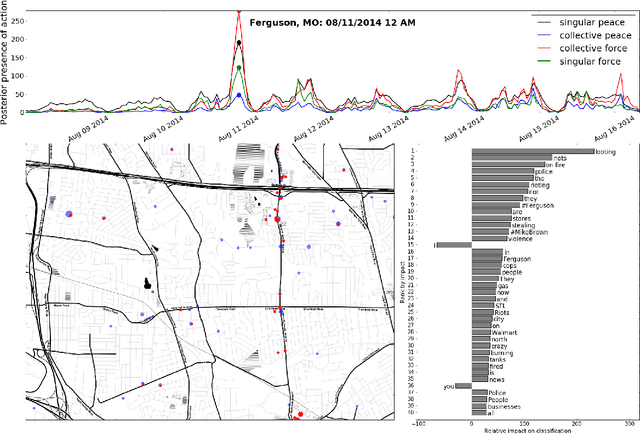
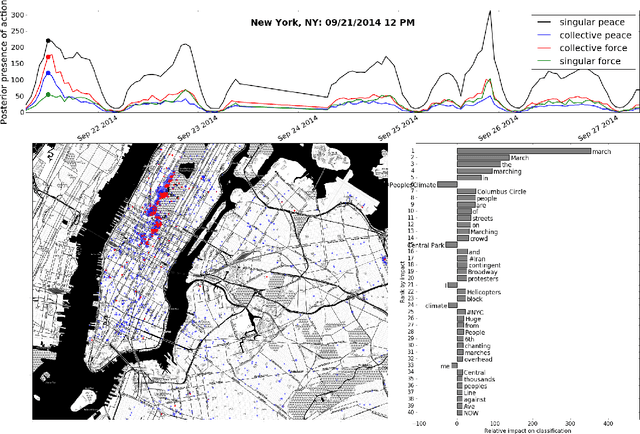
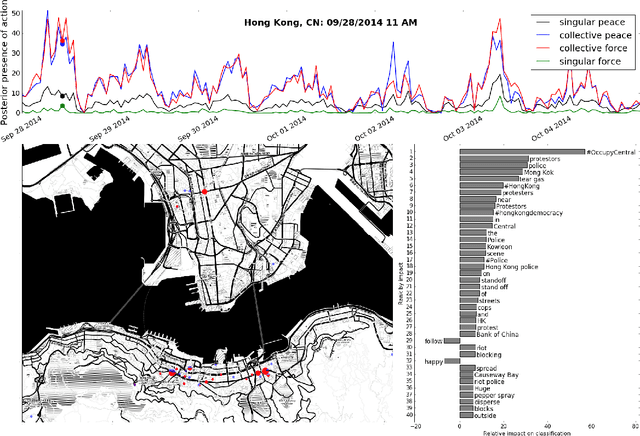
Abstract:We create a computational framework for understanding social action and demonstrate how this framework can be used to build an open-source event detection tool with scalable statistical machine learning algorithms and a subsampled database of over 600 million geo-tagged Tweets from around the world. These Tweets were collected between April 1st, 2014 and April 30th, 2015, most notably when the Black Lives Matter movement began. We demonstrate how these methods can be used diagnostically-by researchers, government officials and the public-to understand peaceful and violent collective action at very fine-grained levels of time and geography.
 Add to Chrome
Add to Chrome Add to Firefox
Add to Firefox Add to Edge
Add to Edge